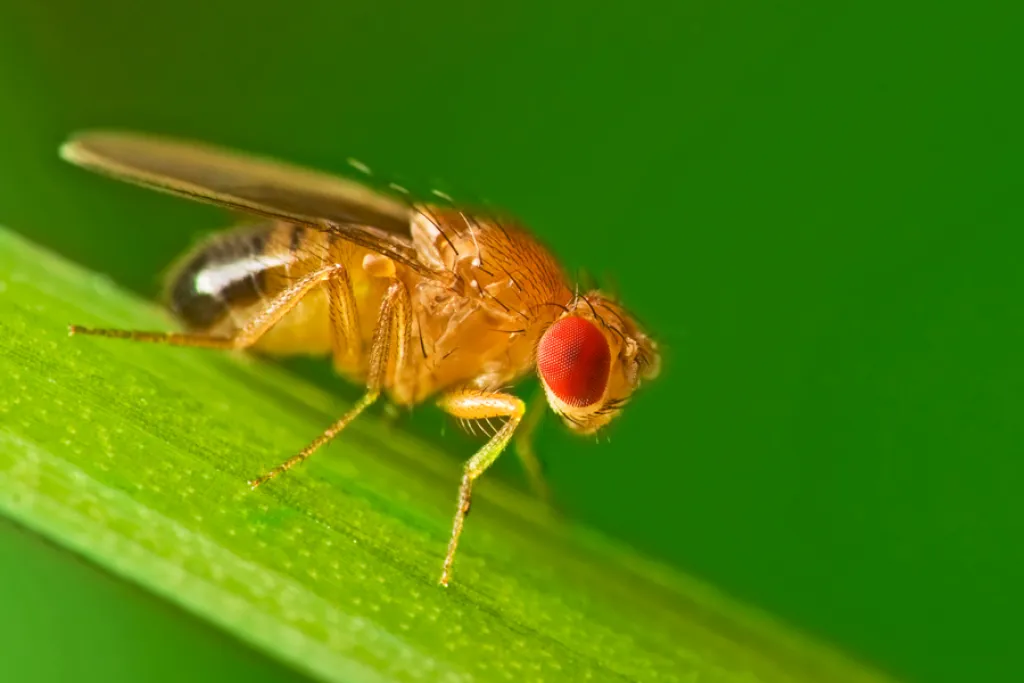
The fruit fly has multiple taste organs throughout its body to detect chemicals, called tastants, that signal whether a food is palatable or harmful. It is still unclear, however, how individual neurons in each taste organ act to control feeding. The researchers found food choice decisions cannot be made in the absence of taste input; the latter is critical for ensuring appropriate food choice and feeding behavior.
The study is the first to directly test the impact of loss of all taste neurons on behavioral responses to tastants of different categories. It is also the first to test whether a single class of taste neurons is sufficient for food choice and feeding behavior. The team anticipates that knowing how taste neurons work in flies will facilitate insect studies of greater health or agricultural importance such as for manipulating feeding behaviors of pests. The study was supported in part by USDA’s National Institute of Food and Agriculture. For more information, read the UCR News article.
Farm Bill Priority Areas
Animal health and production and animal products
U.S. States and Territories
California

